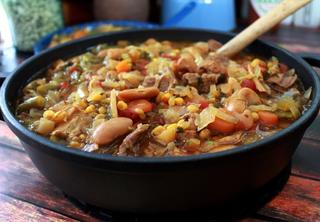How to Make the Freshest, Most Nutritious Bread


Baking bread from scratch is a gift you can give family and friends. Even with that secret ingredient—love—you can bake better bread with the freshest of ingredients, including the flour.
Commercially produced flour can be processed high heat and high speeds, which can suck the nutrients right out of it.
There is a wide selection of grain mills from manual, hand-cranked grinders to electric versions, so you make your own flour, cereal (and animal feed) at home.
Grain Mills, Grinders, Accessories and Grains
But how do you decide what mill you need? Here are some simple questions to ask yourself.
What would you like to grind?
Do you want to grind wheat for flour? Beans? Nuts? Each grain mill is made to handle different types of food, so you'll first want to take a close look at a mill's capability. Some offer optional accessories to purchase, so you can do more with your mill.
How much do you want to grind at a time?
A grain mill's capacity and the effort it takes will determine how much you'll be able to grind at a time. If you're looking to grind big batches, consider a high-volume mill.
Hand-cranked or motorized?
You never have to worry about electricity when using a hand-cranked mill, but a manual mill will require some arm power. Each mill has its own advantages, but if the amount of effort is a major factor in your decision, make sure you choose a mill with an "Easy" to "Medium-Easy" effort rating.
Purchasing a motorized mill, like the NutriMill, or a mill that can be motorized, is a great option if you have electrical access.
Should flour be as fine as store-bought?
If making your own flour is your primary reason for buying a mill, make sure you look at how finely a mill can grind grain.
How to Choose the Right Grain Mill
To go all in on homemade bread for your family, check our recipe for bread, butter, and jam—all made by you!

Acreage Life is part of the Catalyst Communications Network publication family.













